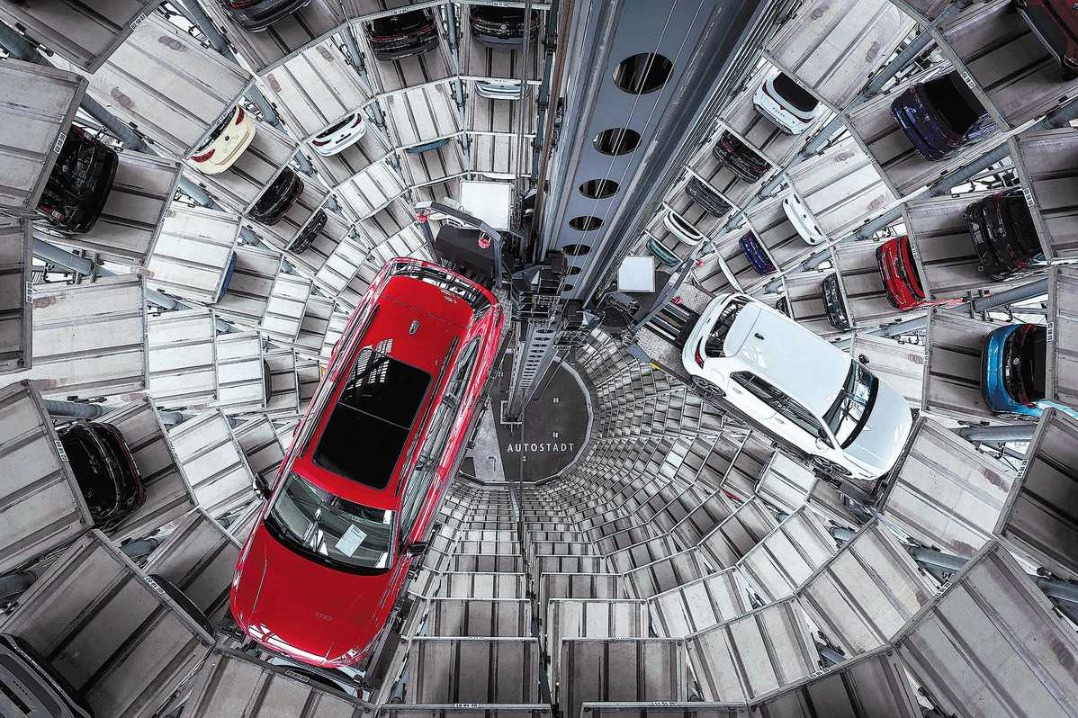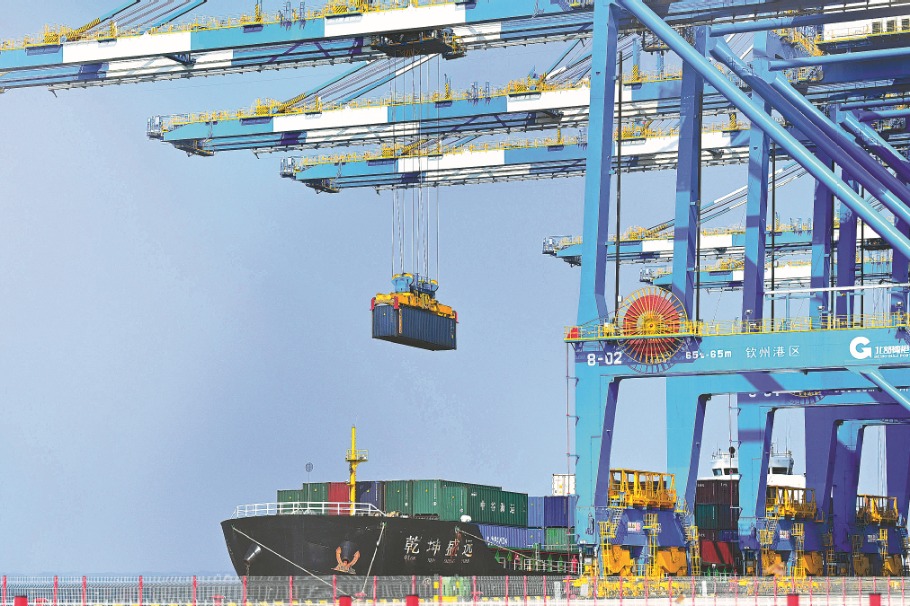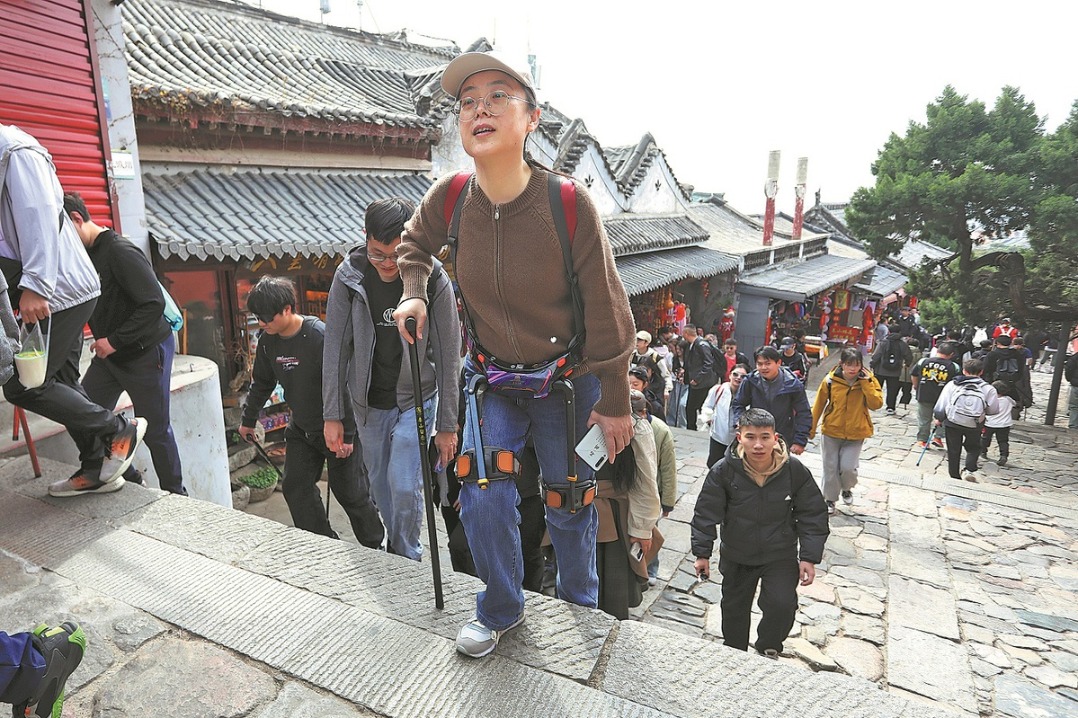Chang'e 5 mission completes difficult docking
By Zhao Lei | chinadaily.com.cn | Updated: 2020-12-06 05:58

Two flying sections of China's Chang'e 5 robotic mission completed a rendezvous and docked with each other early on Sunday before transferring lunar samples collected in the mission.
The rendezvous and docking took place between the probe's ascender and reentry capsule without external assistance from navigation satellites.
The ascender then delivered into the reentry capsule a sealed container holding 2 kilograms of lunar rocks and soil, according to China National Space Administration.
The operation was the first automated rendezvous and docking for a spacecraft in lunar orbit.
The last time two components of a spacecraft completed a rendezvous and docking while in a lunar orbit was in December 1972 during an Apollo mission during which the process was monitored and controlled by astronauts.
One of the most crucial devices in the highly sophisticated maneuver on Sunday morning was a pair of microwave radars mounted on both the ascender and orbiter. The radars were tasked with measuring the rapidly changing distance between the two sections and facilitating communications between the traveling vehicles that allowed each to adjust its position during docking.
Engineers at the 25th Institute of China Aerospace Science and Industry Corp Second Academy designed and built the radars. They applied multiple advanced technologies to the apparatus, making the equipment the best of its kind in the world, said Sun Wu, the chief designer of the apparatus at the institute.
The ascender will next separate from the reentry capsule, which will then fly back to an Earth orbit, together with an orbiter, the administration said.
After arriving in an Earth orbit, the orbiter-reentry capsule pair will break up in due course, and the reentry capsule will conduct a series of complicated maneuvers to return to a preset landing site in North China's Inner Mongolia autonomous region in mid-December.

Chang'e 5, China's largest and most sophisticated lunar probe, has four main components – an orbiter, a lander, an ascender, and a reentry capsule.
The spacecraft was launched on a Long March 5 heavy-lift carrier rocket early on Nov 24 at the Wenchang Space Launch Center in Hainan province. It was China's most challenging lunar adventure to date and the world's first mission since 1976 aimed at bringing lunar samples back to Earth.
The probe separated into two parts – the orbiter-reentry capsule combination and the lander-ascender combination – while in lunar orbit early Monday morning.
Late on Tuesday, the lander-ascender combination landed on the moon and soon began to use a drill to obtain samples from 2 meters beneath the surface.
It finished the underground operation on Wednesday morning. The craft then used a mechanical arm to scoop up surface dirt. Samples were packed into a vacuum container inside the ascender.
All collection and packing processes finished on Wednesday night, which was much sooner than expected.
The ascender carrying the samples activated an engine on Thursday night to lift itself into an elliptical lunar orbit in preparation for the rendezvous and docking with the reentry capsule, marking the first time a Chinese spacecraft has blasted off from an extraterrestrial body.
If the Chang'e 5 mission is completed, China will become the third nation to bring samples back from the moon, after the United States and the former Soviet Union.
A total of about 382 kg of lunar rocks and dust were picked up by astronauts on US Apollo missions and by Soviet robotic landers between 1969 and 1976.
























